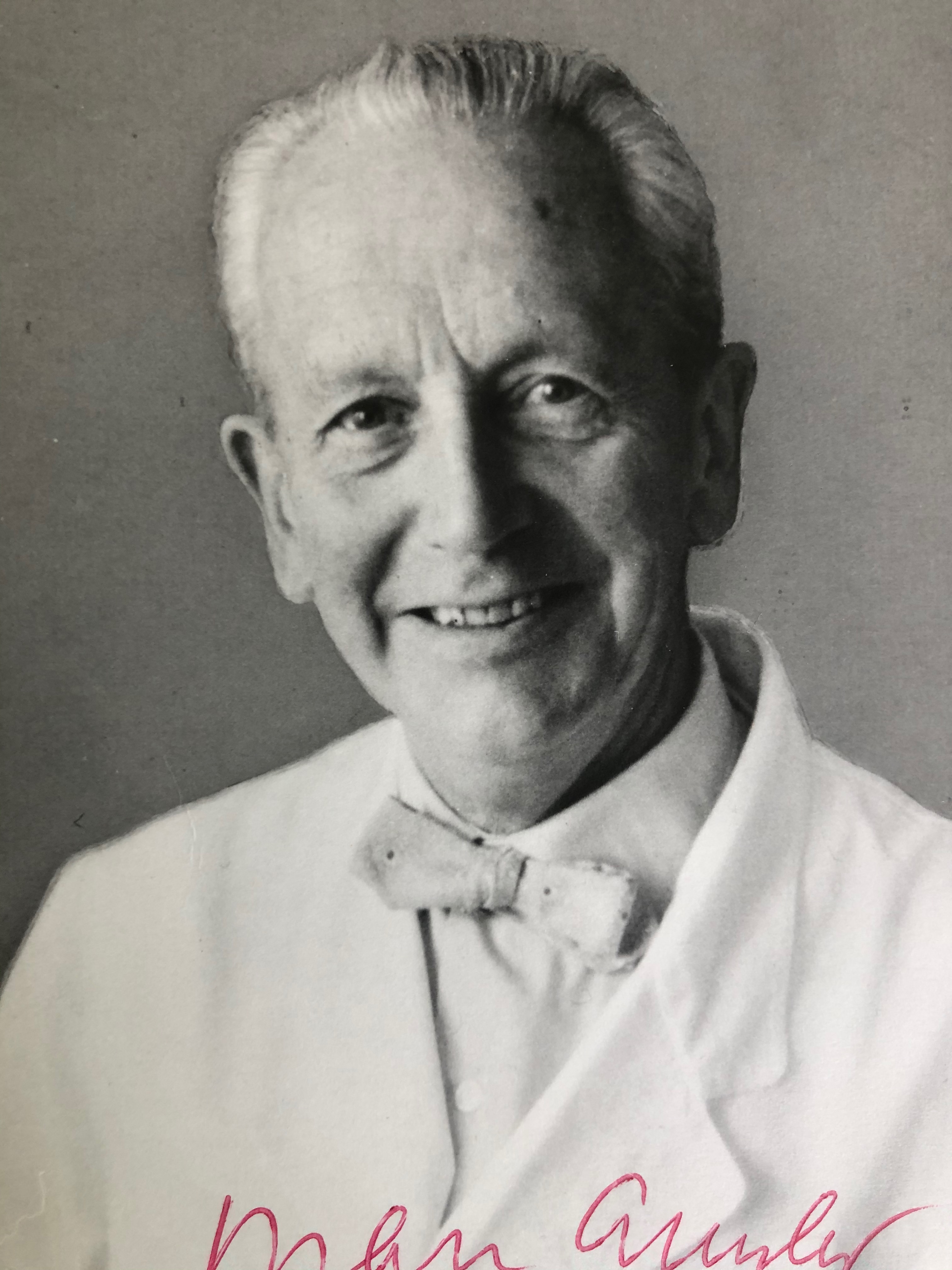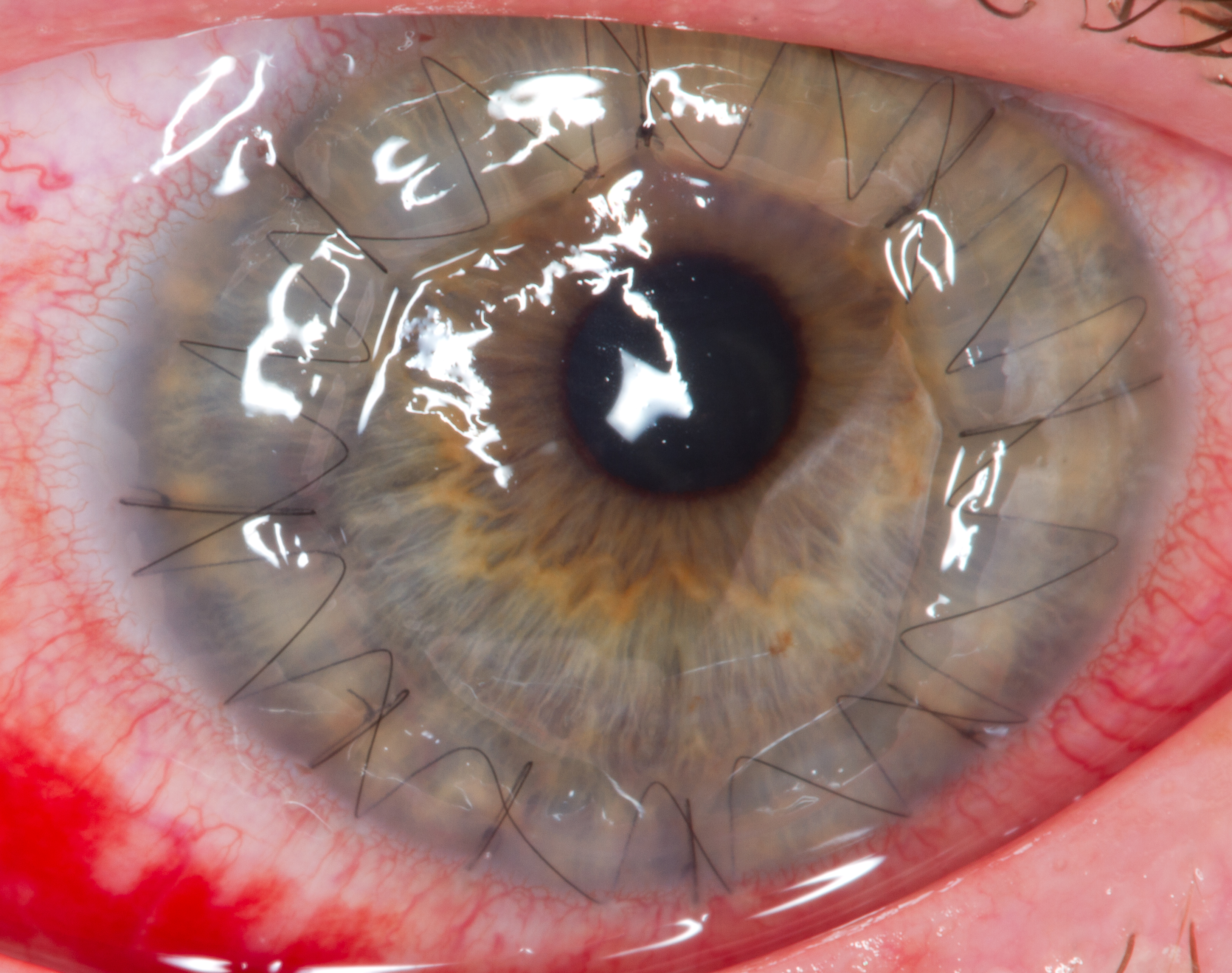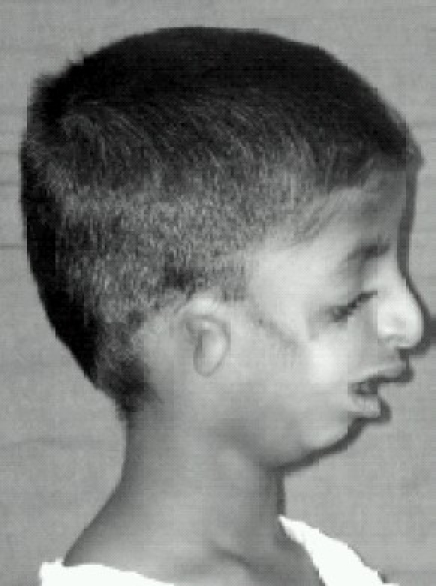|
Adolphe Franceschetti
Adolphe Franceschetti (11 October 1896, in Zürich – 3 March 1968, in Geneva) was a Swiss ophthalmologist. He studied medicine at the University of Zürich, where he also spent several years as an assistant in its ophthalmological clinic. At Zurich, his influences were Otto Haab and Alfred Vogt. Later on, he relocated to the University of Basel as an assistant under Arthur Brückner at the eye clinic. In 1931 he obtained his habilitation at Basel, and from 1933 to 1966 was a professor and director of the university eye clinic in Geneva.Adolphe Franceschetti at In 1948 he established a department of |
Zürich
, neighboring_municipalities = Adliswil, Dübendorf, Fällanden, Kilchberg, Maur, Oberengstringen, Opfikon, Regensdorf, Rümlang, Schlieren, Stallikon, Uitikon, Urdorf, Wallisellen, Zollikon , twintowns = Kunming, San Francisco Zürich () is the largest city in Switzerland and the capital of the canton of Zürich. It is located in north-central Switzerland, at the northwestern tip of Lake Zürich. As of January 2020, the municipality has 434,335 inhabitants, the urban area 1.315 million (2009), and the Zürich metropolitan area 1.83 million (2011). Zürich is a hub for railways, roads, and air traffic. Both Zurich Airport and Zürich's main railway station are the largest and busiest in the country. Permanently settled for over 2,000 years, Zürich was founded by the Romans, who called it '. However, early settlements have been found dating back more than 6,400 years (although this only indicates human presence in the area and not the presence of a town that early). During ... [...More Info...] [...Related Items...] OR: [Wikipedia] [Google] [Baidu] |
Naegeli–Franceschetti–Jadassohn Syndrome
Naegeli–Franceschetti–Jadassohn syndrome (NFJS), also known as chromatophore nevus of Naegeli and Naegeli syndrome, is a rare autosomal dominant form of ectodermal dysplasia, characterized by reticular skin pigmentation, diminished function of the sweat glands, the absence of teeth and hyperkeratosis of the palms and soles. One of the most striking features is the absence of fingerprint lines on the fingers. Naegeli syndrome is similar to dermatopathia pigmentosa reticularis, both of which are caused by a specific defect in the keratin 14 protein. Cause NFJS is caused by mutations in the keratin 14 (KRT14) gene, located on chromosome 17q12-21. The disorder is inherited in an autosomal dominant manner, which means that the defective gene responsible for a disorder is located on an autosome (chromosome 17 is an autosome), and only one copy of the defective gene is sufficient to cause the disorder, when inherited from a parent who has the disorder. Diagnosis In most cases of ... [...More Info...] [...Related Items...] OR: [Wikipedia] [Google] [Baidu] |
University Of Zurich Alumni
A university () is an institution of higher (or tertiary) education and research which awards academic degrees in several academic disciplines. ''University'' is derived from the Latin phrase ''universitas magistrorum et scholarium'', which roughly means "community of teachers and scholars". Universities typically offer both undergraduate and postgraduate programs. The first universities in Europe were established by Catholic Church monks. The University of Bologna (), Italy, which was founded in 1088, is the first university in the sense of: *being a high degree-awarding institute. *using the word ''universitas'' (which was coined at its foundation). *having independence from the ecclesiastic schools and issuing secular as well as non-secular degrees (with teaching conducted by both clergy and non-clergy): grammar, rhetoric, logic, theology, canon law, notarial law.Hunt Janin: "The university in medieval life, 1179–1499", McFarland, 2008, , p. 55f.de Ridder-Symoens, Hilde ... [...More Info...] [...Related Items...] OR: [Wikipedia] [Google] [Baidu] |
1968 Deaths
The year was highlighted by protests and other unrests that occurred worldwide. Events January–February * January 5 – " Prague Spring": Alexander Dubček is chosen as leader of the Communist Party of Czechoslovakia. * January 10 – John Gorton is sworn in as 19th Prime Minister of Australia, taking over from John McEwen after being elected leader of the Liberal Party the previous day, following the disappearance of Harold Holt. Gorton becomes the only Senator to become Prime Minister, though he immediately transfers to the House of Representatives through the 1968 Higgins by-election in Holt's vacant seat. * January 15 – The 1968 Belice earthquake in Sicily kills 380 and injures around 1,000. * January 21 ** Vietnam War: Battle of Khe Sanh – One of the most publicized and controversial battles of the war begins, ending on April 8. ** 1968 Thule Air Base B-52 crash: A U.S. B-52 Stratofortress crashes in Greenland, discharging 4 nuclear ... [...More Info...] [...Related Items...] OR: [Wikipedia] [Google] [Baidu] |
1896 Births
Events January–March * January 2 – The Jameson Raid comes to an end, as Jameson surrenders to the Boers. * January 4 – Utah is admitted as the 45th U.S. state. * January 5 – An Austrian newspaper reports that Wilhelm Röntgen has discovered a type of radiation (later known as X-rays). * January 6 – Cecil Rhodes is forced to resign as Prime Minister of the Cape of Good Hope, for his involvement in the Jameson Raid. * January 7 – American culinary expert Fannie Farmer publishes her first cookbook. * January 12 – H. L. Smith takes the first X-ray photograph. * January 17 – Fourth Anglo-Ashanti War: British redcoats enter the Ashanti capital, Kumasi, and Asantehene Agyeman Prempeh I is deposed. * January 18 – The X-ray machine is exhibited for the first time. * January 28 – Walter Arnold, of East Peckham, Kent, England, is fined 1 shilling for speeding at (exceeding the contemporary speed limit ... [...More Info...] [...Related Items...] OR: [Wikipedia] [Google] [Baidu] |
Petrus Johannes Waardenburg
Petrus Johannes Waardenburg (3 June 1886, Nijeveen, Drenthe – 23 September 1979) was a Dutch ophthalmologist, geneticist, and pioneer in the application of genetics to ophthalmology. Waardenburg syndrome is named after him. Biography Waardenburg studied medicine at the Utrecht University from 1904–11, and then trained in ophthalmology before receiving an MD for a dissertation on the hereditary basis of the physiological and pathological characteristics of the eye in 1913. Waardenburg was a regular contributor to eugenics publications. In 1932 Waardenburg suggested that Down syndrome might be the consequence of a chromosomal aberration, a fact which was confirmed after 27 years, by Jérôme Lejeune and his colleagues. From 1934 to 1940, Waardenburg was external university lecturer in medical genetics at Utrecht University. From 1931 to 1935 he was secretary of the Netherlands Ophthalmological Society. He was a founding member of the Netherlands Anthropogenetic Society a ... [...More Info...] [...Related Items...] OR: [Wikipedia] [Google] [Baidu] |
Marc Amsler
Marc Amsler (born 5 February 1891 in Vevey, Switzerland – died 3 May 1968) was a professor of ophthalmology in the Eye Clinic at the University of Zurich. He took the position as professor of ophthalmology in Zurich in 1944. His predecessor was Prof. Alfred Vogt. Prior to assuming the position at Zurich, Dr. Amsler was chief ophthalmologist in Lausanne, since 1935. His predecessor there, under whom he worked beforehand, was Jules Gonin. During his time in Lausanne, Amsler was instrumental in creating the Jules Gonin Medal which is awarded every four years and is considered the highest honor in ophthalmology.Landau, D; Bigar, F; Landau K. Die Geschichte der Zürcher Augenklinik von 1907 bis 2007. Bottighofen, Switzerland 2012, p. 76 Amsler was professor and chief of the Zurich Eye Clinic until 1961. His successor was Rudolf Witmer. He is best known for the Amsler grid test. The Amsler grid was an improvement over the initial work done by the ophthalmologist Edmond Lando ... [...More Info...] [...Related Items...] OR: [Wikipedia] [Google] [Baidu] |
Optic Nerve
In neuroanatomy, the optic nerve, also known as the second cranial nerve, cranial nerve II, or simply CN II, is a paired cranial nerve that transmits visual information from the retina to the brain. In humans, the optic nerve is derived from optic stalks during the seventh week of development and is composed of retinal ganglion cell axons and glial cells; it extends from the optic disc to the optic chiasma and continues as the optic tract to the lateral geniculate nucleus, pretectal nuclei, and superior colliculus. Structure The optic nerve has been classified as the second of twelve paired cranial nerves, but it is technically part of the central nervous system, rather than the peripheral nervous system because it is derived from an out-pouching of the diencephalon ( optic stalks) during embryonic development. As a consequence, the fibers of the optic nerve are covered with myelin produced by oligodendrocytes, rather than Schwann cells of the peripheral nervous ... [...More Info...] [...Related Items...] OR: [Wikipedia] [Google] [Baidu] |
Keratoplasty
Corneal transplantation, also known as corneal grafting, is a surgical procedure where a damaged or diseased cornea is replaced by donated corneal tissue (the graft). When the entire cornea is replaced it is known as penetrating keratoplasty and when only part of the cornea is replaced it is known as lamellar keratoplasty. Keratoplasty simply means surgery to the cornea. The graft is taken from a recently deceased individual with no known diseases or other factors that may affect the chance of survival of the donated tissue or the health of the recipient. The cornea is the transparent front part of the eye that covers the iris, pupil and anterior chamber. The surgical procedure is performed by ophthalmologists, physicians who specialize in eyes, and is often done on an outpatient basis. Donors can be of any age, as is shown in the case of Janis Babson, who donated her eyes after dying at the age of 10. Corneal transplantation is performed when medicines, keratoconus con ... [...More Info...] [...Related Items...] OR: [Wikipedia] [Google] [Baidu] |
Franceschetti–Klein–Wildervanck Syndrome
Wildervanck syndrome or cervico-oculo-acoustic syndrome comprises a triad of: * Duane syndrome * Klippel-Feil anomaly (fused cervical vertebrae) * congenital hearing loss Wildervanck syndrome is a developmental disorder that may be characterized by accessory tragi An accessory auricle is considered a developmental anomaly resulting from the persistence of a structure which variably recapitulates the normal external ear. Signs and symptoms The general presentation is of a skin-covered nodule, papule, or nod .... References External links Syndromes affecting hearing Medical triads Rare diseases {{Nervoussystem-disease-stub ... [...More Info...] [...Related Items...] OR: [Wikipedia] [Google] [Baidu] |
Franceschetti–Zwahlen–Klein Syndrome
Treacher Collins syndrome (TCS) is a genetic disorder characterized by deformities of the ears, eyes, cheekbones, and chin. The degree to which a person is affected, however, may vary from mild to severe. Complications may include breathing problems, problems seeing, cleft palate, and hearing loss. Those affected generally have normal intelligence. TCS is usually autosomal dominant. More than half the time it occurs as a result of a new mutation rather than being inherited from a person's parents. The involved genes may include ''TCOF1'', ''POLR1C'', or ''POLR1D''. Diagnosis is generally suspected based on symptoms and X-rays, and potentially confirmation by genetic testing. Treacher Collins syndrome is not curable. Symptoms may be managed with reconstructive surgery, hearing aids, speech therapy, and other assistive devices. Life expectancy is generally normal. TCS occurs in about one in 50,000 people. The syndrome is named after Edward Treacher Collins, an English surgeon a ... [...More Info...] [...Related Items...] OR: [Wikipedia] [Google] [Baidu] |
David Klein (ophthalmologist)
David Klein (1908 – 1993) was a Swiss human geneticist and ophthalmologist. Klein graduating from the University of Basel in 1934. After graduating, he worked at the Rheinau Psychiatric Clinic, Zurich. He moved to Geneva as scientific assistant to professor Adolphe Franceschetti at the ophthalmological clinic. In 1970 he was appointed full professor. He retired in 1978 with the status of professor emeritus. After retirement, he was active as consultant in human genetics at the ophthalmological clinic, Geneva, and the school of amblyopic and blind children in Baar, Switzerland. Klein made important contributions towards the understanding of Waardenburg syndrome, or more fully, the "van der Hoeve-Halbertsma-Waardenburg-Klein syndrome". In August 1947 Klein presented a deaf mute child, who was 10 years of age, and had partial albinism Albinism is the congenital absence of melanin in an animal or plant resulting in white hair, feathers, scales and skin and pink or blue ey ... [...More Info...] [...Related Items...] OR: [Wikipedia] [Google] [Baidu] |

.jpg)



